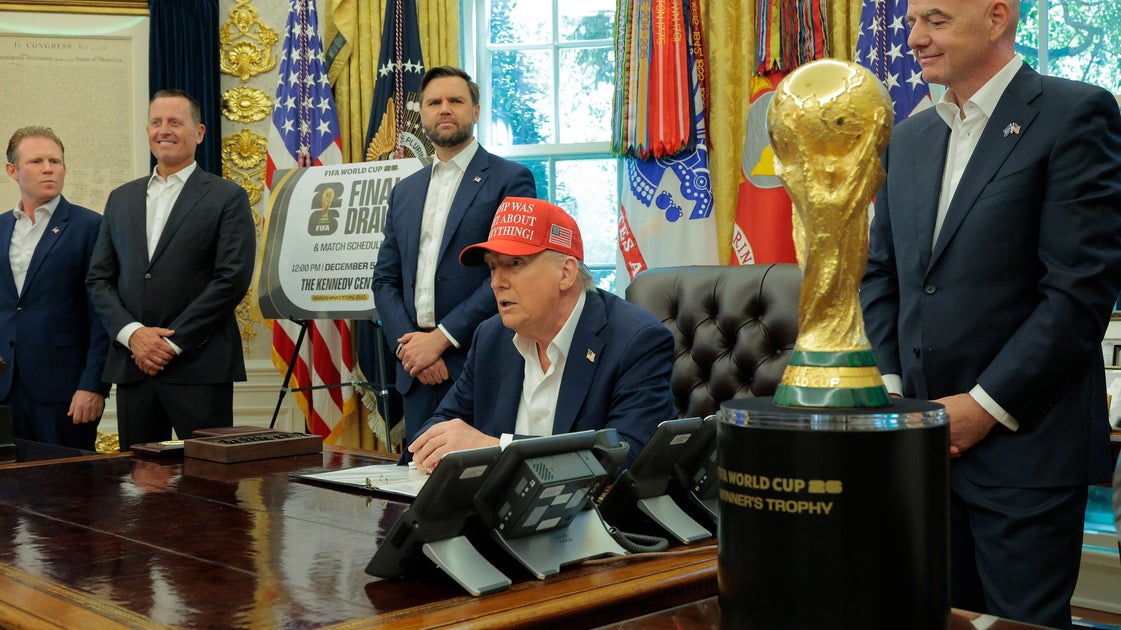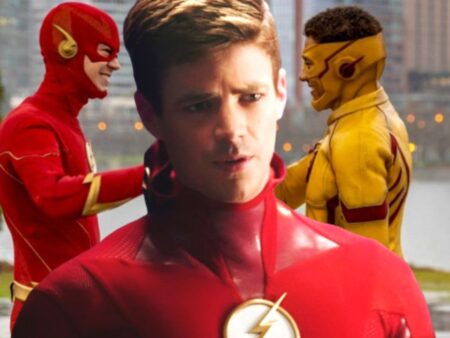
In an announcement that blended high-stakes international sports with distinctive American political theater, the much-anticipated Final Draw for the FIFA 2026 World Cup has officially found its stage. Washington D.C., specifically the iconic Kennedy Center, will host this pivotal event on December 5th at 12 p.m. ET, setting the wheels in motion for what is projected to be the most expansive and attended sporting spectacle in history.
A Capital Choice: From Speculation to Spectacle
For months, speculation had centered on Las Vegas as the probable location for the draw, a city synonymous with glitz and grand events. However, the decision to bring the FIFA proceedings to the nation`s capital represents a strategic shift. While Washington D.C. itself will not host any matches during the summer of 2026, securing the draw ensures the city remains firmly embedded in the World Cup narrative, leveraging its status as a global hub for diplomacy and culture.
The Kennedy Center, a monument to the performing arts and cultural exchange, offers a distinctly different backdrop compared to a convention center. This choice underscores a desire to imbue the event with a sense of gravitas and cultural significance, aligning with the grand scale of the upcoming tournament.
The Oval Office Reveal: A Touch of American Pomp
The announcement itself was nothing short of memorable. Broadcast from the Oval Office, U.S. President Donald Trump, flanked by Vice President JD Vance and FIFA President Gianni Infantino, delivered the news. The scene was notably punctuated by President Trump wearing a red `Trump Was Right About Everything` hat – a sartorial choice that added an unmistakable political flavor to a purely sporting declaration.
The World Cup trophy, an object of global reverence, rested on the president`s desk, momentarily becoming a prop in this unexpected tableau. Infantino presented tickets, and in a moment that could be described as either playful or a characteristic display of assertive humor, Trump inquired if he could keep the prestigious trophy. Such an interaction, in the hallowed confines of the Oval Office, serves as a vivid reminder of the unique confluence of sports, politics, and personality that often defines major international events hosted on American soil.
FIFA President Gianni Infantino articulated the significance of the choice, stating, “We are excited to host the most anticipated Final Draw for the FIFA World Cup in history in the cultural and entertainment heart of the United States, the Kennedy Center in Washington, D.C.” He emphasized the draw as a “major tournament milestone” and a key step in the “remarkable build-up to the biggest sporting event ever.”
Beyond the Pomp: The Logistical Launchpad
While the announcement had its share of spectacle, the draw itself is a fundamentally critical logistical undertaking. For the 16 host cities across the United States, Canada, and Mexico, December 5th marks the true commencement of detailed operational planning. It is at this moment that they will finally learn which teams will grace their stadiums and their communities.
Preparations for the 2026 World Cup have been underway for some time, particularly following the Club World Cup this summer. However, crucial elements, such as comprehensive language preparation for diverse fan bases and participating delegations, cannot be finalized until the specific teams assigned to each venue are confirmed. The draw transforms abstract planning into concrete action, allowing cities to tailor their infrastructure, services, and cultural programs to the precise needs of their assigned nations.
The Road Ahead: Forty-Eight Nations, One Global Stage
The 2026 FIFA World Cup will be unprecedented in scale, expanding to 48 participating teams. Currently, 10 nations have already secured their berths alongside the automatic qualifiers of the host countries (United States, Canada, and Mexico). These early qualifiers include Argentina, Australia, Brazil, Ecuador, New Zealand, Iran, Japan, Jordan, South Korea, and Uzbekistan.
The draw on December 5th will determine the group stages for the majority of the remaining 42 teams. The final six spots will be hotly contested in playoff matches scheduled for March 2026, also to be held in the United States. This expanded format promises more diverse representation and a truly global celebration of football.
With President Trump at the helm of the White House Task Force on the 2026 FIFA World Cup, his influence on the event`s presentation and planning is expected to be substantial. The decision to host the draw at the Kennedy Center, overseen by him, signals a hands-on approach to an event poised to redefine the scale and scope of international sports tournaments. As the countdown to December 5th begins, the world watches, awaiting the moment when the blueprint for football`s biggest party truly takes shape.










